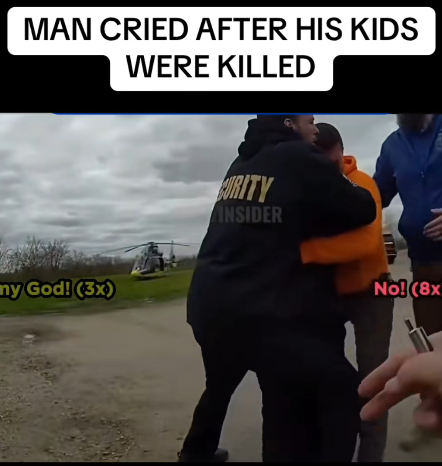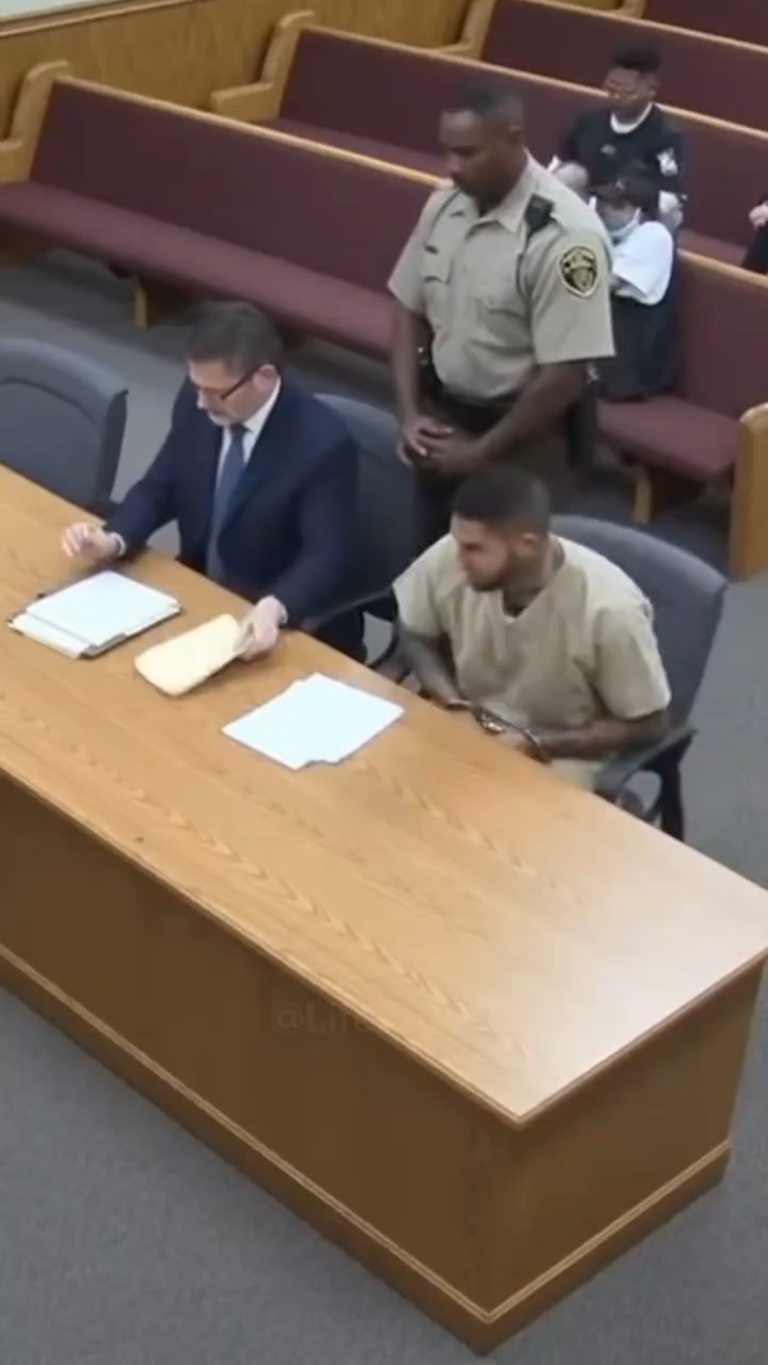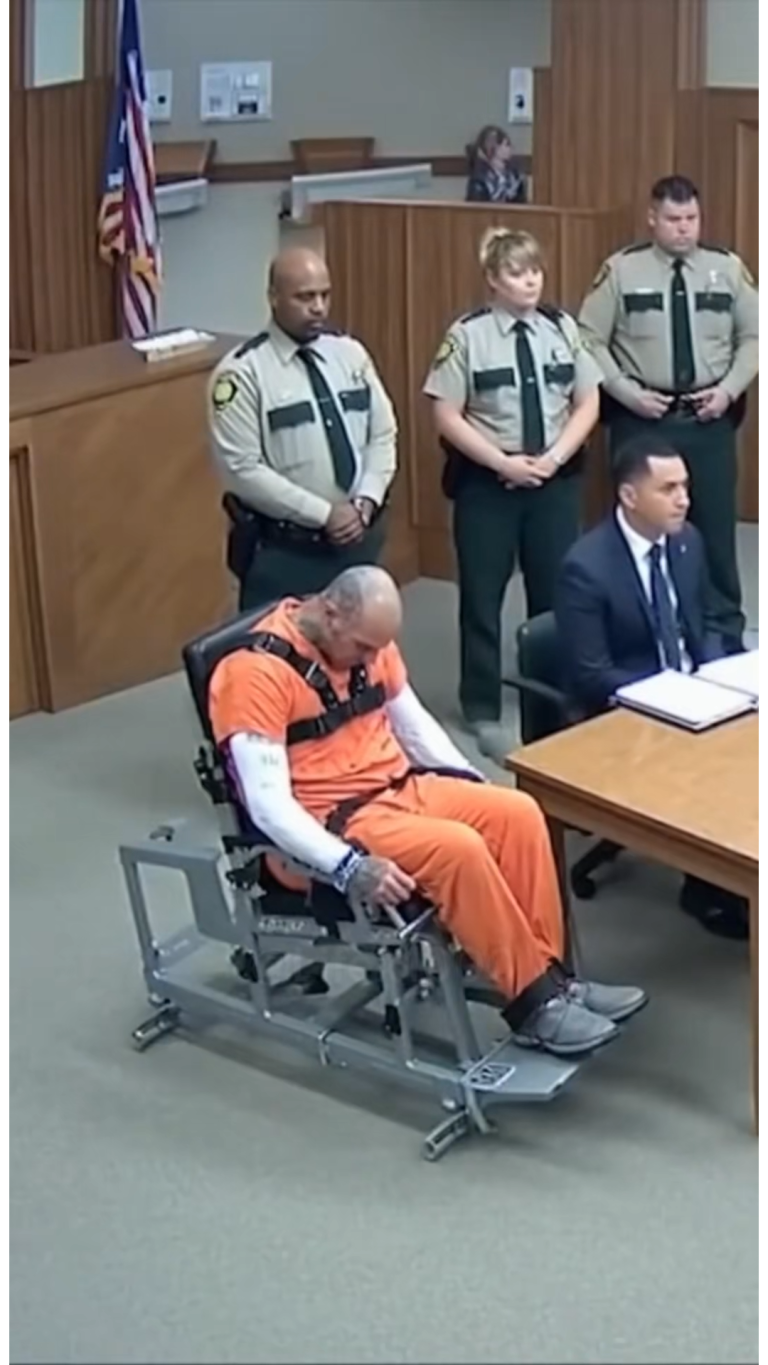
Some parenting advice stops conversations cold. Other advice starts internet wars. Brittany Norris discovered which category her philosophy falls into when she decided to record a simple message while sitting in her car. What began as a routine TikTok video about raising children would soon divide parents, teachers, and child development experts across social media platforms. Her words would spark over 600 heated comments and force families everywhere to confront an uncomfortable question: When your child faces violence, do you teach them to seek help or fight back? For this Louisiana mother, the answer came without hesitation, even knowing the storm it would create.
Brittany Norris, 27, chose an ordinary setting for an extraordinary statement that would soon reach thousands of viewers. Filming herself inside her vehicle, this Louisiana mother of two delivered a parenting philosophy that challenged conventional wisdom about school bullying and childhood conflict resolution.
Her daughter, just five years old, represents the next generation that will either benefit from or suffer the consequences of such approaches to peer conflict. Norris made her position clear from the opening moments of her video, establishing a stance that would soon polarize online communities.
Within hours of posting, over 600 comments flooded the video as fellow TikTokers found themselves split down the middle. Parents, educators, and child development advocates quickly chose sides in what became a heated debate about modern child-rearing approaches.
Social media algorithms amplified the controversy, pushing Norris’s message to wider audiences who had never considered such direct approaches to playground politics. Her willingness to challenge established educational protocols struck a nerve with viewers who had experienced frustration with traditional anti-bullying methods.
No Teachers, No Telling
Norris delivered her core message with unwavering conviction: “If someone hits my kid, I’m not raising them to go tell the teacher. Not raising a snitch. Handle it yourself, hit back, defend yourself, and if that’s not enough, I will interfere. If that’s controversial, I don’t really care. Hit back harder. Thank you.”
Her rejection of traditional school authority structures reflects growing parent frustration with institutional responses to bullying incidents. Many families report feeling helpless when official channels fail to protect their children from repeated harassment or physical attacks.
Adult intervention occupies the final position in Norris’s strategy, reserved only for situations where child self-defense proves insufficient. Parents who support this approach argue that waiting for teacher intervention often allows bullying to escalate while victims remain vulnerable.
Modern anti-bullying programs emphasize reporting mechanisms and adult mediation, yet critics point to persistent bullying problems despite these systems. Norris represents parents who question whether institutional solutions adequately protect children in immediate danger.
Doubling Down on Defense
Rather than backing down from criticism, Norris reinforced her position during a follow-up interview with TODAY.com. Her defiant stance reflected confidence in her parenting philosophy despite widespread negative reaction from educational professionals.
“I would rather be in the principal’s office because my child stood up for herself,” she explained, revealing her willingness to accept institutional consequences for empowering her daughter. Her preference for disciplinary meetings over victimization demonstrates prioritization of child agency over rule compliance.
Norris acknowledged that telling teachers serves long-term conflict management purposes but argued that such approaches fail to provide immediate resolution when children face physical threats. Her practical assessment resonates with parents who have witnessed their children suffer while waiting for adult intervention.
Follow-up media coverage expanded her message beyond TikTok’s typical audience, introducing her philosophy to mainstream parenting communities and educational policy discussions. National attention validated her belief that many families share similar frustrations with current anti-bullying approaches.
Teacher Pushback and Classroom Reality
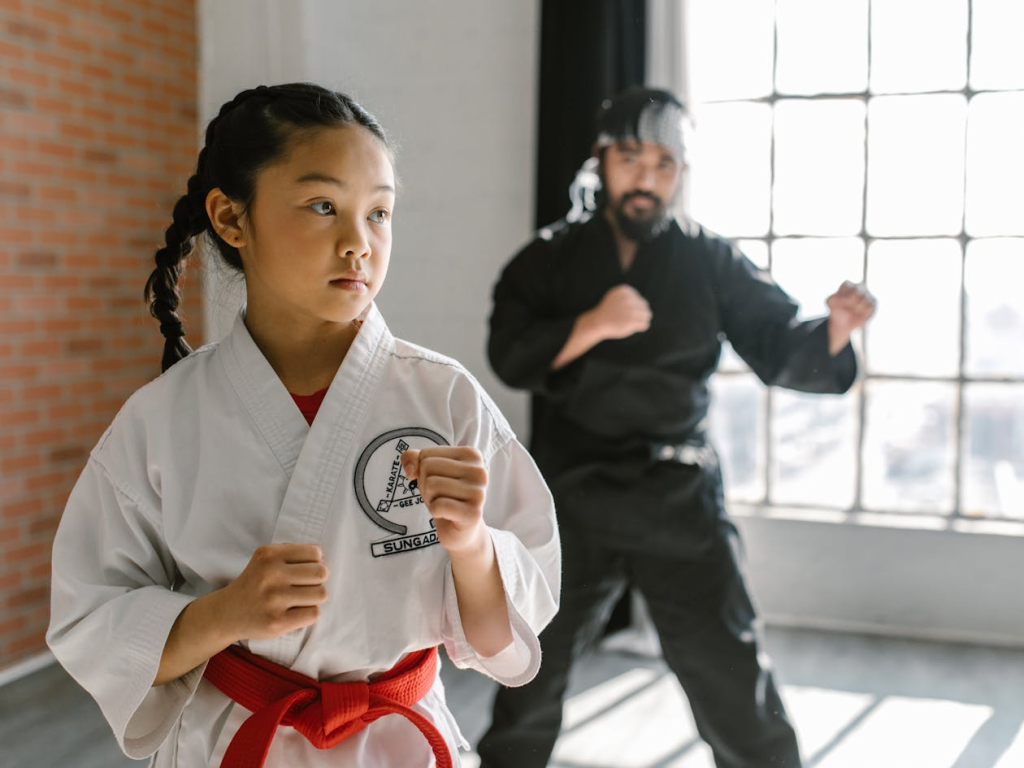
Educational professionals responded swiftly to Norris’s message, warning about the practical consequences of encouraging student retaliation. An elementary school teacher offered a firsthand perspective on classroom dynamics when parents reject traditional reporting systems.
“This is the mindset of nearly every parent and fighting is out of control. We won’t even know students are having problems with one another because they won’t tell us about it. They will just fight,” the educator explained, highlighting institutional challenges when communication breaks down.
School safety depends on early intervention before conflicts escalate to physical violence. Teachers argue that encouraging retaliation eliminates opportunities for prevention and mediation that could resolve disputes peacefully.
Classroom management becomes significantly more difficult when students receive conflicting messages about authority and conflict resolution from parents and educators. Teachers face increased liability when parents actively discourage cooperation with school officials.
Educational institutions report rising incidents of student violence, partly attributed to parental instructions that prioritize physical response over communication. Faculty members feel undermined when families explicitly reject established safety protocols.
Parent Camp: Team Retaliation
Supporters rallied around Norris’s philosophy, sharing personal experiences that validated her approach to childhood self-defense. Many parents expressed relief that someone articulated feelings they had harbored privately about traditional anti-bullying methods.
“Never throw the first punch but you better finish it” emerged as a common refrain among supporters who distinguished between aggression and self-defense. These parents argue that teaching retaliation prevents children from becoming perpetual victims.
Real-world survival skills versus classroom theory became a central debate point, with supporters claiming schools fail to prepare children for adult conflicts that require immediate self-protection. Parents expressed frustration that educational environments create unrealistic expectations about peaceful conflict resolution.
“Defending yourself is a skill you need in the real world, and they don’t teach you that in school” captured sentiments shared by families who prioritize practical protection over institutional cooperation. Supporters view physical self-defense as essential life preparation.
Parent Camp: Team De-escalation
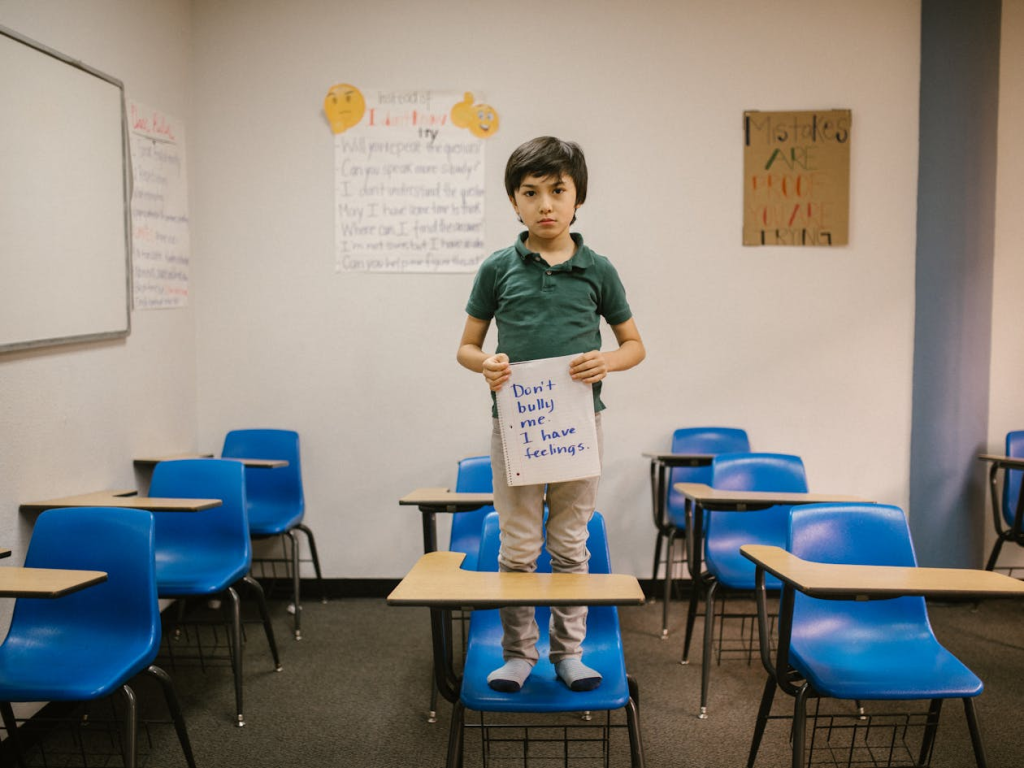
Opposition parents advocated for communication-based approaches that prioritize peaceful resolution over physical confrontation. These families emphasized teaching children to use words before resorting to violence in peer conflicts.
“Use your voice first, because doing the same thing back doesn’t make sense” represented alternative parenting philosophies that seek to break cycles of violence through different responses. Critics worried that encouraging retaliation normalizes violence as an acceptable problem-solving.
Moral objections centered on concerns about teaching children that hitting solves problems or that violence represents appropriate responses to interpersonal conflicts. Some parents feared such lessons could create aggressive tendencies that extend beyond self-defense situations.
Trust in adult authority and proper channels remained strong among families who believe institutional systems can effectively protect children when given proper information and support from parent communities.
Why Values Shape Kids’ Conflict Choices
Dr. Deborah Gilboa, a family doctor and resilience expert, provided a professional perspective on the debate surrounding childhood conflict resolution. Her analysis moved beyond simple pro-or-con positions to examine underlying family values that drive different approaches.
“The problem with telling people what they should or shouldn’t tell their kids about hitting back is that you are telling them what their values should be about violence, protection, safety, dignity and autonomy,” Gilboa explained, highlighting the complexity beneath surface-level disagreements.
Individual family decision-making about violence and protection reflects deeper beliefs about human nature, social responsibility, and child development that vary significantly across communities. Experts acknowledge that no single approach suits every family’s circumstances or values.
Gilboa’s analysis suggests that effectiveness depends less on specific strategies than on consistency between family values and chosen approaches. Children benefit when parents thoughtfully align their conflict resolution teachings with broader moral frameworks.
Real-World Consequences Nobody Mentions
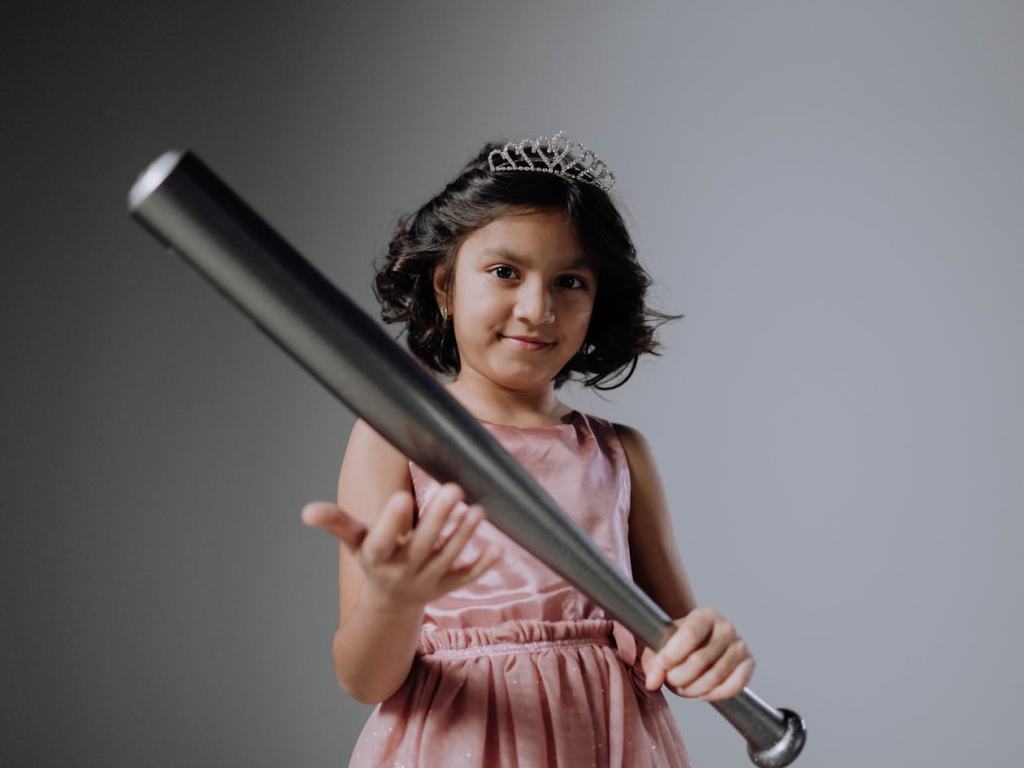
School suspension and discipline policies create practical challenges for families who encourage physical self-defense. Zero-tolerance policies often punish all participants in physical altercations regardless of who initiated violence or acted defensively.
Legal ramifications extend beyond school discipline to potential civil and criminal consequences when conflicts result in serious injuries. Parents who encourage retaliation may face liability for damages caused by their children’s actions.
Escalation risks increase when conflicts turn physical, potentially involving weapons, gang affiliations, or family feuds that extend far beyond original peer disputes. Simple playground disagreements can spiral into dangerous situations requiring police intervention.
Long-term social and academic impacts affect children who develop reputations for fighting, potentially limiting future opportunities and peer relationships. Educational institutions may restrict activities or apply heightened scrutiny to students with violent histories.
Peaceful First, Physical Last
Expert recommendations favor graduated response strategies that attempt peaceful resolution before considering physical self-defense. Children benefit from learning multiple conflict resolution tools rather than relying solely on retaliation or reporting.
Initial responses like “Don’t do that” and disengagement allow children to assert boundaries without escalating conflicts to violence. These approaches teach communication skills while maintaining personal dignity and safety.
Adult intervention becomes necessary when peaceful approaches fail and children face continued threats. Preparation for potential consequences helps children make informed decisions about when self-defense becomes justified despite institutional policies.
Successful conflict resolution requires teaching children to assess situations accurately and choose appropriate responses based on threat levels, available alternatives, and likely outcomes of different actions.
Fights Teach Kids Tough Lessons
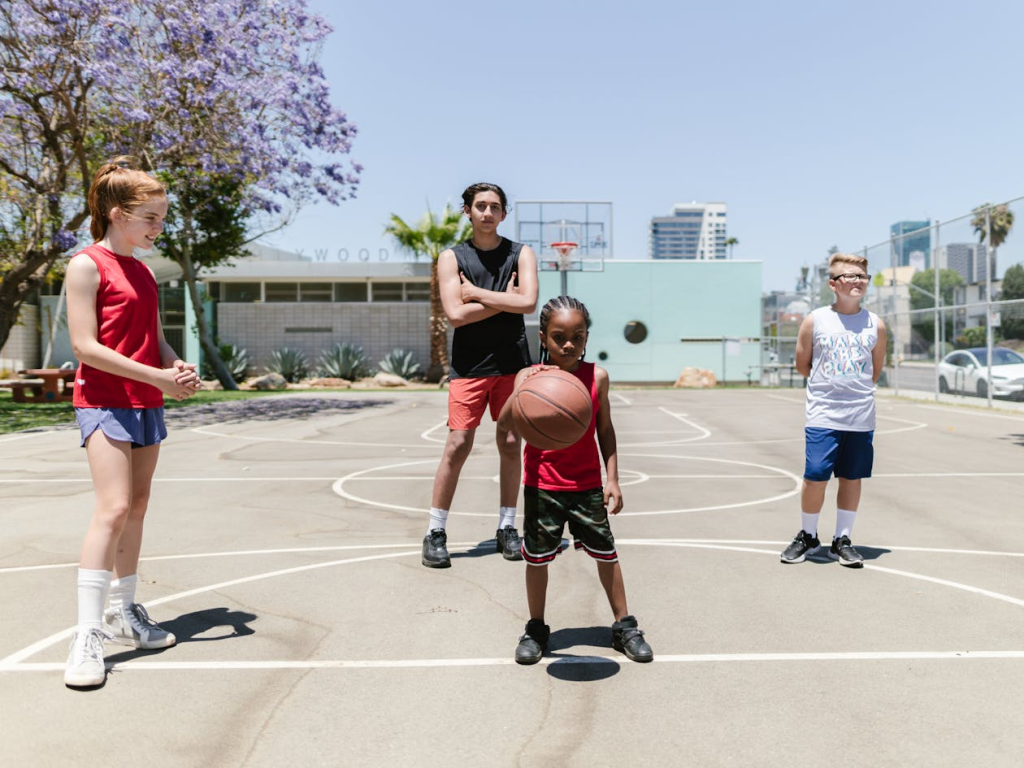
Norris’s viral message raises fundamental questions about child autonomy versus adult protection responsibilities in modern society. Parents must balance empowering children with ensuring their safety in increasingly complex social environments.
Teaching conflict resolution in an age of social media presents new challenges as online harassment extends beyond school boundaries and traditional intervention methods. Digital bullying requires different response strategies than physical confrontations.
Preparing children for adult world realities while maintaining childhood innocence creates tension between protection and preparation that every family must navigate according to their values and circumstances.
Balance between empowerment and aggression in child development remains a central challenge for parents seeking to raise confident, capable children who can protect themselves without becoming violent or aggressive toward others.


